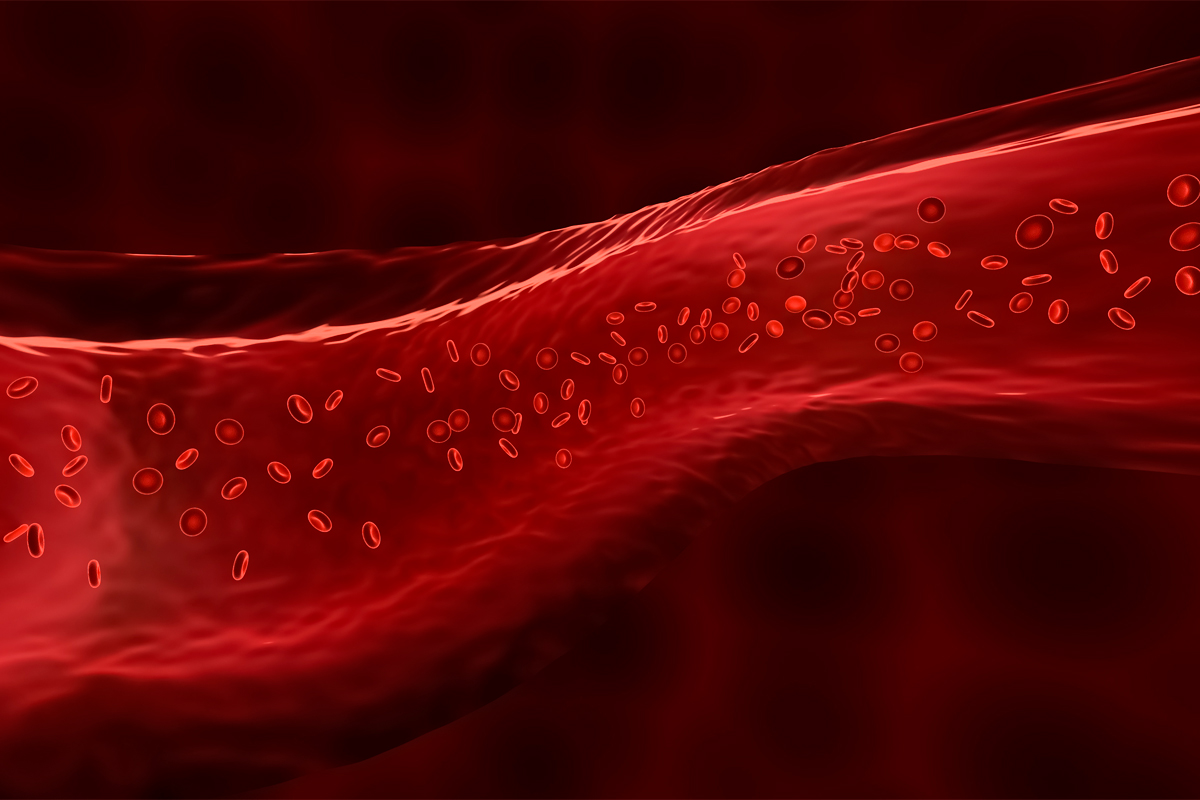Last Updated on November 13, 2025 by Bilal Hasdemir

A sickle cell crisis in a 4-year-old is a scary situation. It causes severe pain and can be very dangerous. It happens when sickle-shaped red blood cells block blood vessels. This limits oxygen to tissues.
Sickle cell disease is a genetic condition that affects hemoglobin in red blood cells. Up to 90% of kids with this disease have at least one crisis by age 6.
It’s important for parents and caregivers to know the signs of a sickle cell crisis. This way, they can get help quickly. Places like LIV Hospital offer full support for patients from abroad.
It’s key for parents to grasp the genetic cause of sickle cell disease to spot signs in their kids. This disease comes from inheriting bad hemoglobin genes from both parents. If a child gets two bad genes, they get sickle cell disease, or SCD.
Sickle cell disease follows an autosomal recessive pattern. This means both parents must carry the bad gene for a 25% chance of their child getting the disease. Carriers, with one good and one bad gene, are usually healthy but can pass the bad gene to their kids.

The bad hemoglobin in sickle cell disease makes red blood cells rigid and “sickle” shaped. These cells can get stuck in small blood vessels, causing health issues like pain crises and anemia. Kids with sickle cell anemia symptoms might face severe pain, fatigue, and other problems.
Understanding that sickle cell disease can harm organs and tissues is vital. Spotting symptoms early can help manage the disease better. This improves life quality for kids with SCD.
Knowing the signs of a sickle cell crisis is key for parents of young kids with sickle cell disease. Spotting these signs early can help get care fast and avoid serious problems. Here are the main signs parents should watch for.
Sudden, severe pain is a common sign of a sickle cell crisis. This pain can come without warning and is strong enough to stop a child from doing normal things. Pain episodes happen when red blood cells sickle, blocking small blood vessels and causing tissue ischemia.

Kids in a sickle cell crisis may feel very tired and look pale. This is because their anemia makes them break down red blood cells. Watching how tired they are and how they look can help you see if they’re sick.
Fever is a big warning sign of a sickle cell crisis. Kids with sickle cell disease get sick more easily because their immune system is weak. A fever means they might have an infection and need to see a doctor right away.
Dactylitis, or swelling in hands and feet, is common in young kids with sickle cell disease. This swelling happens when sickled red blood cells block small blood vessels, causing inflammation and pain.
Jaundice, or yellow skin and eyes, can happen because of fast red blood cell breakdown. While some jaundice is normal in kids with sickle cell disease, a lot more means they might be in crisis. Keep an eye on any changes in their skin and eyes.
Knowing these 5 signs”sudden severe pain, feeling very tired and looking pale, fever, swelling in hands and feet, and jaundice”helps parents manage their child’s sickle cell disease better. Understanding SCD medical abbreviation and its meaning helps parents deal with the challenges of sickle cell disease.
It’s important for parents to know about the serious problems linked to sickle cell disease. Sickle cell disease, or sickle cell anemia, is a genetic disorder that affects red blood cells. Knowing about these serious issues helps get medical help fast.
Acute Chest Syndrome (ACS) is a big risk for people with sickle cell disease. It shows up as a new lung problem on X-rays, with fever, breathing issues, or chest pain. It can quickly get worse, needing quick medical help. Watch for cough, trouble breathing, and chest pain, and get emergency care fast.
Splenic sequestration is a serious issue where red blood cells get stuck in the spleen. This can cause a big drop in blood count, leading to severe anemia, shock, and even death. Look out for belly pain, a big spleen, and pale skin. Get medical help right away if you see these signs.
Children with sickle cell disease face a higher risk of stroke. Silent strokes might not show symptoms right away but can cause learning and thinking problems later. Overt strokes have clear signs like weakness, speech issues, or vision problems. Regular check-ups and quick medical action can help prevent long-term damage from stroke.
Knowing about these serious problems helps parents get medical help fast. This can save their child’s life. We suggest regular doctor visits and learning about these complications’ signs and symptoms.
Managing sickle cell crisis in preschoolers needs a caring and detailed plan. It’s tough for parents when their child is in crisis. Working with healthcare providers is key to the best care.
Managing pain well is very important during a sickle cell crisis. We suggest a mix of hydration, pain relief medication, and comfort measures. Keeping the child hydrated helps blood flow better and lowers sickled red blood cells.
It’s important to give pain relief medicine as the doctor says. Comfort measures like warm compresses or a warm bath can also help with pain.
Drinking lots of fluids is key in managing sickle cell crisis. Parents should encourage their child to drink a lot. Sometimes, the child might need intravenous fluids if they can’t drink enough.
Oxygen therapy may also be needed to boost oxygen to the body’s tissues. This is very important if the child has acute chest syndrome or other serious issues.
Knowing the right medication for young children is vital for managing sickle cell disease. We help parents understand the right dosage and how to give the medicine. This includes pain relief and antibiotics if needed.
In severe cases of sickle cell crisis, or when complications happen, the child might need to go to the hospital. We know this is scary for parents. We make sure they are informed and supported every step of the way.
Being in the hospital means the child can get close care. This includes intravenous fluids, oxygen therapy, and pain management. We focus on making the child comfortable and safe, aiming to solve the crisis fast.
Supporting a child with sickle cell disease needs a team effort. This includes healthcare providers, families, and caregivers. Understanding the condition and its signs helps parents manage it well.
LIV Hospital in Turkey offers support for families dealing with sickle cell disease. They provide services to help families handle the condition’s challenges. This is key in reducing symptoms and preventing complications.
Together, families and healthcare teams can help kids with sickle cell disease live well. With good management, children can grow and achieve their goals, despite the disorder’s challenges.
Sickle cell disease is a genetic disorder. It affects how red blood cells carry oxygen. This is because of a problem with hemoglobin, a key protein in these cells.
Sickle cell anemia happens when you get two bad hemoglobin genes. One comes from each parent. This leads to abnormal hemoglobin and misshapen red blood cells.
A sickle cell crisis can cause sudden, severe pain. You might also feel tired, pale, and have a fever. Swelling in hands and feet and jaundice are other signs.
Doctors use genetic testing to find sickle cell disease. This test looks for abnormal hemoglobin genes.
Serious complications include acute chest syndrome and stroke. These need quick medical help.
Treating a crisis involves managing pain, staying hydrated, and using oxygen. In bad cases, you might need to stay in the hospital.
Sickle cell disease comes from inheriting bad hemoglobin genes. If both parents carry the gene, there’s a 25% chance their child will get the disease.
Abnormal blood cells can harm organs and tissues. This leads to health issues like pain crises, anemia, and infections.
Drinking enough water is key. It helps avoid dehydration and lowers the risk of serious problems.
You might need to go to the hospital for a severe crisis. Or if you have serious complications like acute chest syndrome or splenic sequestration.
Subscribe to our e-newsletter to stay informed about the latest innovations in the world of health and exclusive offers!
WhatsApp us